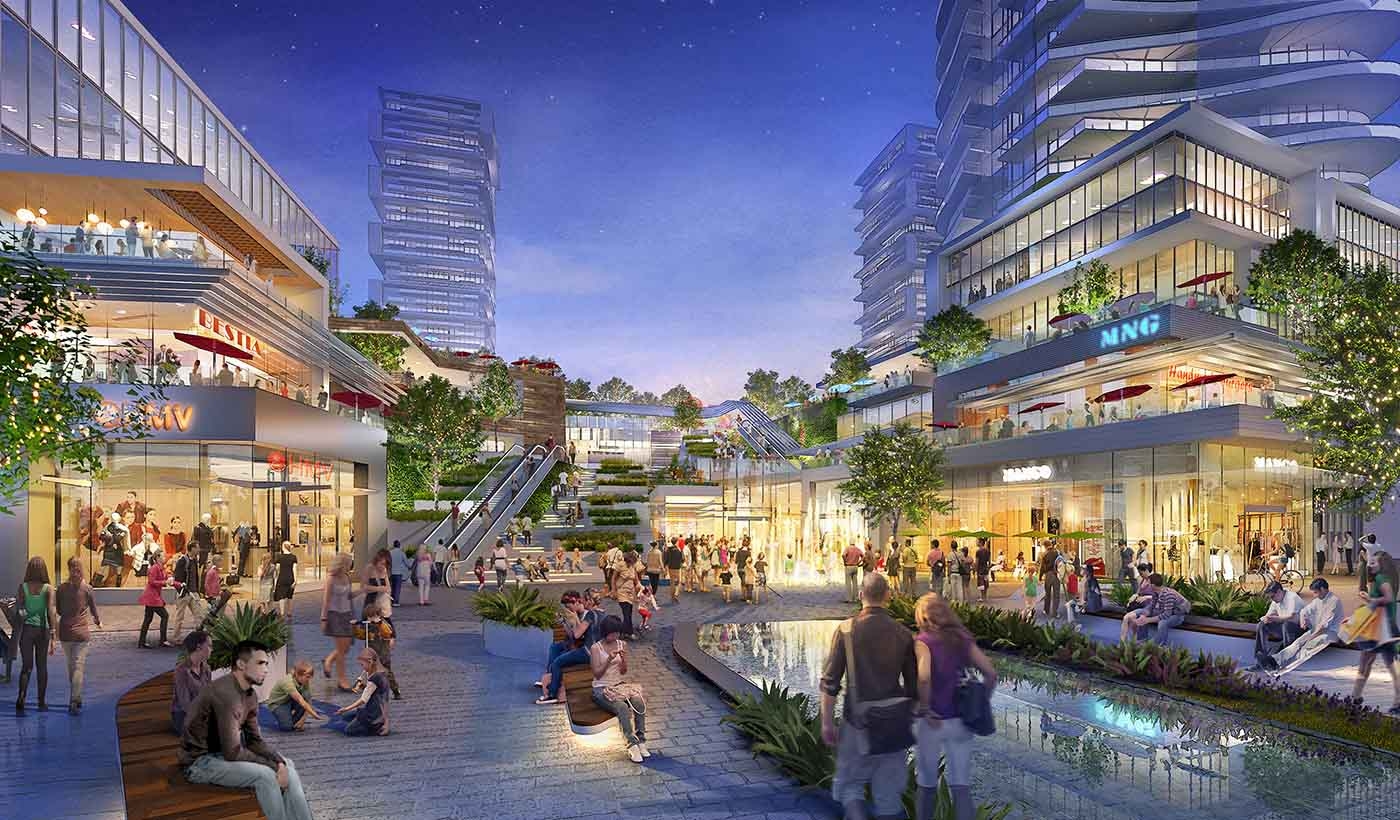Exploring the Evolution and Importance of Public Shopping Spaces

Exploring the Evolution and Importance of Public Shopping Spaces
In the bustling tapestry of modern life, few experiences are as ubiquitous and essential as shopping. From the dawn of civilization to the present day, the act of exchanging goods and services has been central to human interaction and societal development. However, it is not merely the transaction itself that holds significance but also the spaces in which it occurs. Public shopping spaces, ranging from traditional markets to contemporary malls, play a crucial role in shaping the cultural, social, and economic landscapes of communities worldwide.
A Historical Perspective
The concept of public shopping spaces dates back to ancient times when marketplaces served as vital hubs of commerce and social interaction. In civilizations such as ancient Greece and Rome, marketplaces were not only places to buy and sell goods but also centers of cultural exchange and civic engagement. These early markets were characterized by a vibrant atmosphere, with merchants hawking their wares, artisans showcasing their craftsmanship, and locals gathering to socialize and share news.
Throughout history, public shopping spaces evolved in tandem with urbanization and economic development. The medieval period saw the rise of bustling market towns and fairs, where merchants from distant lands converged to trade exotic goods. During the Renaissance, Europe's burgeoning cities boasted grand market squares adorned with architectural marvels, reflecting the prosperity and sophistication of their inhabitants.
The Rise of Modern Retail
The Industrial Revolution marked a transformative period in the history of shopping. The advent of mass production and urbanization led to the proliferation of department stores and shopping arcades, catering to the burgeoning consumer culture of the 19th and early 20th centuries. These grand emporiums, such as London's Harrods and Paris's Galeries Lafayette, offered a dazzling array of goods under one roof, revolutionizing the retail experience and shaping modern shopping habits.
In the latter half of the 20th century, the suburbanization of America gave rise to the shopping mall—a sprawling complex of stores, restaurants, and entertainment venues designed to serve the needs of suburban communities. Malls became not only places to shop but also social destinations, offering a plethora of leisure activities and cultural experiences.
The Role of Public Shopping Spaces Today
In the digital age, the rise of e-commerce has transformed the retail landscape, challenging the traditional brick-and-mortar model. However, public shopping spaces continue to play a vital role in contemporary society, albeit in evolving ways.
Today's consumers crave more than just products—they seek experiences and authenticity. As a result, many retailers are reimagining their physical stores as experiential spaces, where customers can engage with brands on a deeper level. From pop-up shops and artisan markets to flagship stores and lifestyle centers, public shopping spaces are adapting to meet the changing preferences of consumers.
Moreover, public shopping spaces remain essential hubs of social interaction and community engagement. They serve as gathering places where people from diverse backgrounds come together to connect, converse, and celebrate shared experiences. In an increasingly fragmented world, these communal spaces foster a sense of belonging and solidarity, enriching the fabric of urban life.
The Future of Public Shopping Spaces
As we look to the future, the role of public shopping spaces is poised to evolve further in response to shifting societal trends and technological advancements. Augmented reality, artificial intelligence, and data analytics will enable retailers to personalize the shopping experience and anticipate consumer preferences with greater precision.
Furthermore, the ongoing emphasis on sustainability and environmental consciousness is likely to reshape the design and operation of public shopping spaces. From eco-friendly architecture and green technologies to ethically sourced products and waste reduction initiatives, the retail industry is embracing sustainability as a core value.
In conclusion, public shopping spaces have been intrinsic to human civilization for millennia, serving as vibrant hubs of commerce, culture, and community. While their form and function have evolved over time, their significance remains undiminished in the fabric of modern society. As we navigate the complexities of the 21st century, these dynamic spaces will continue to adapt and thrive, reflecting the ever-changing needs and aspirations of humanity.
- Arts
- Business
- Computers
- Oyunlar
- Health
- Home
- Kids and Teens
- Money
- News
- Recreation
- Reference
- Regional
- Science
- Shopping
- Society
- Sports
- Бизнес
- Деньги
- Дом
- Досуг
- Здоровье
- Игры
- Искусство
- Источники информации
- Компьютеры
- Наука
- Новости и СМИ
- Общество
- Покупки
- Спорт
- Страны и регионы
- World


